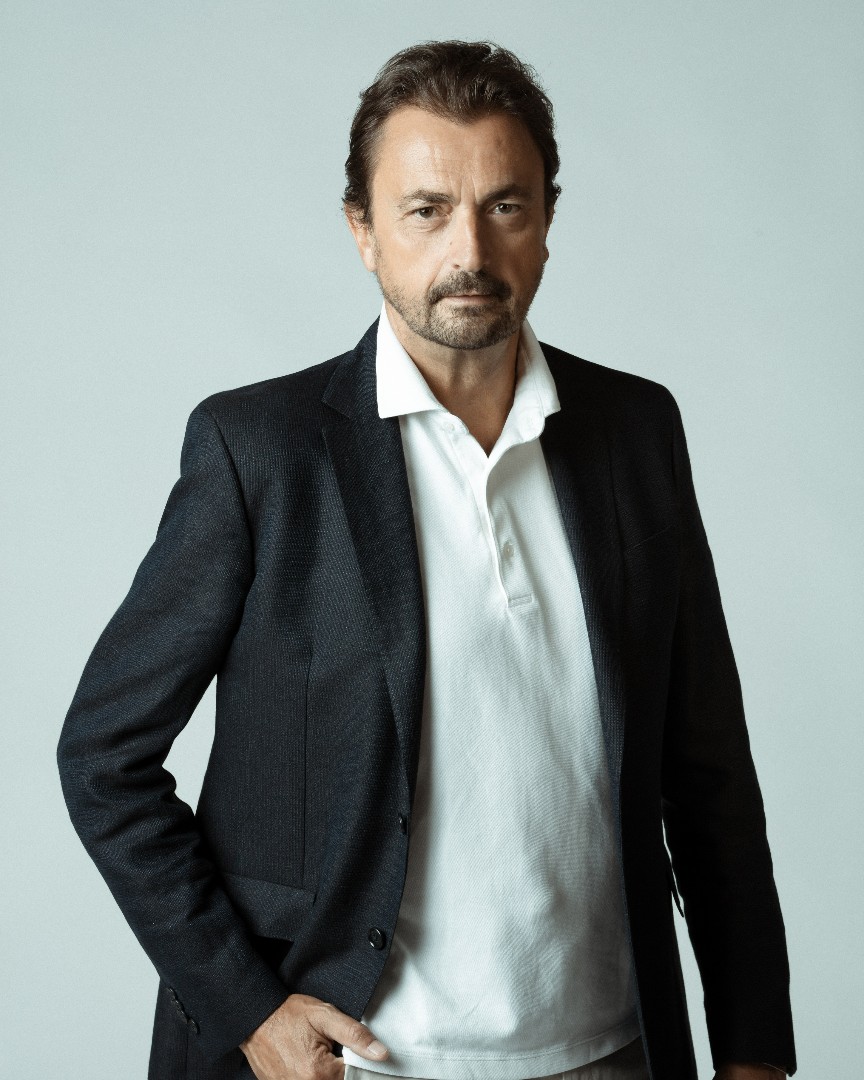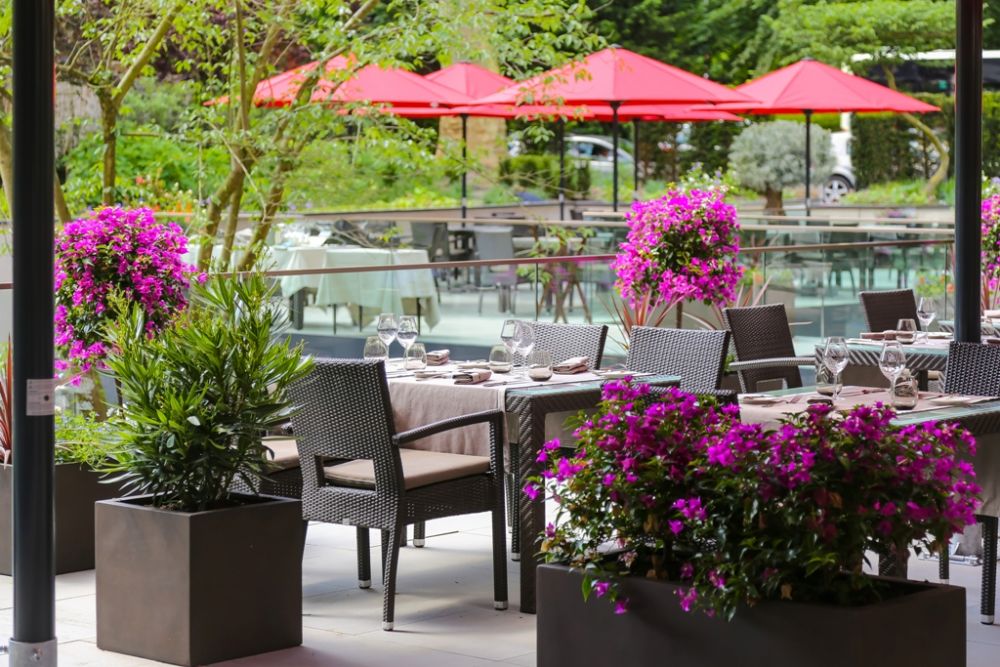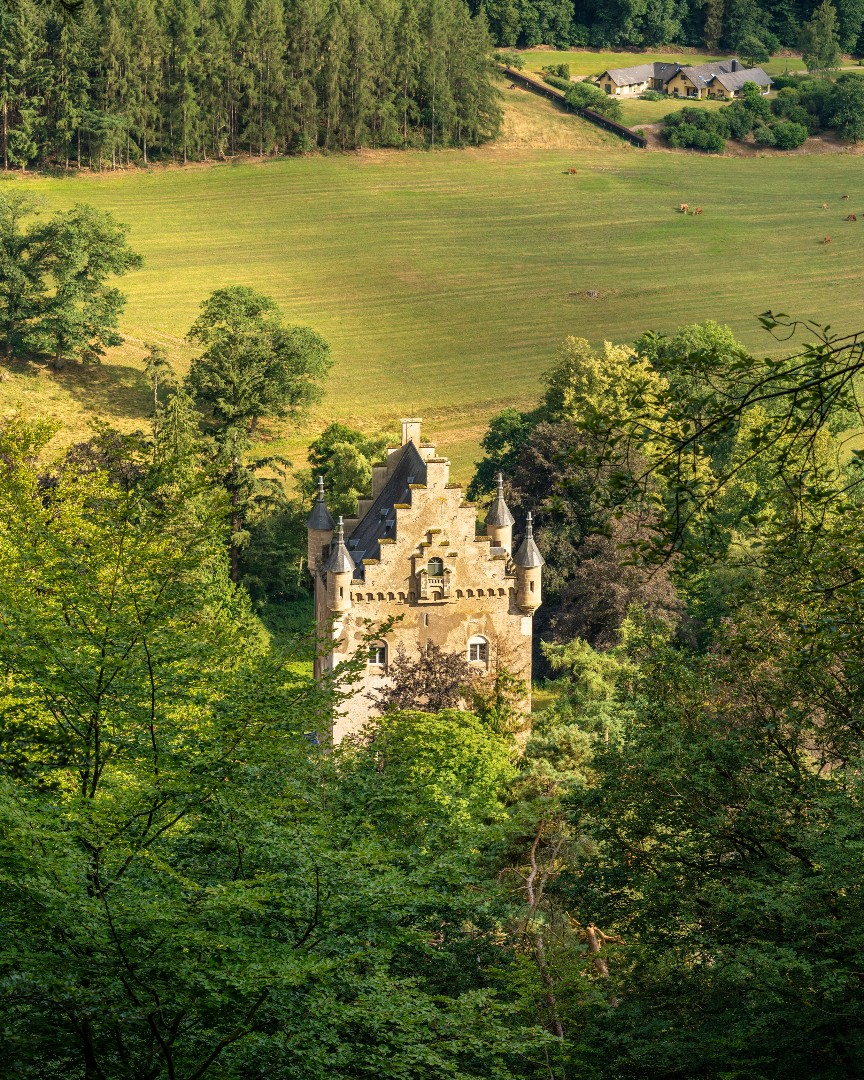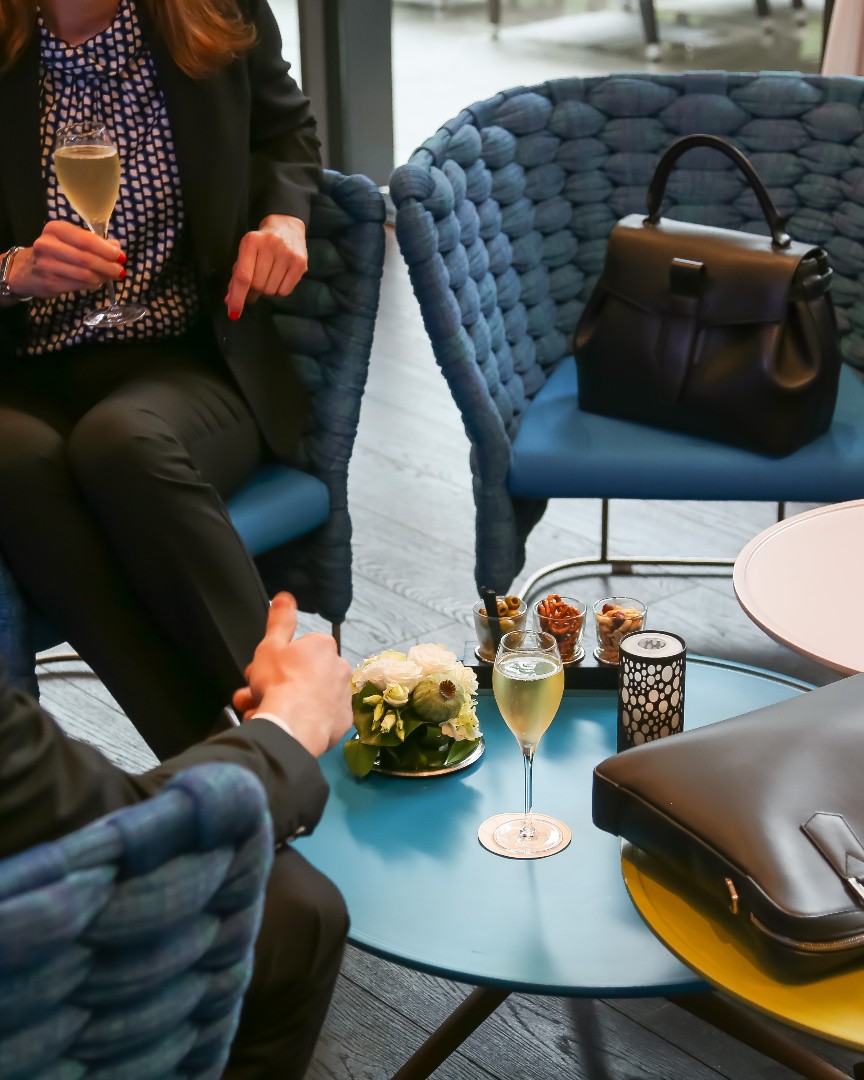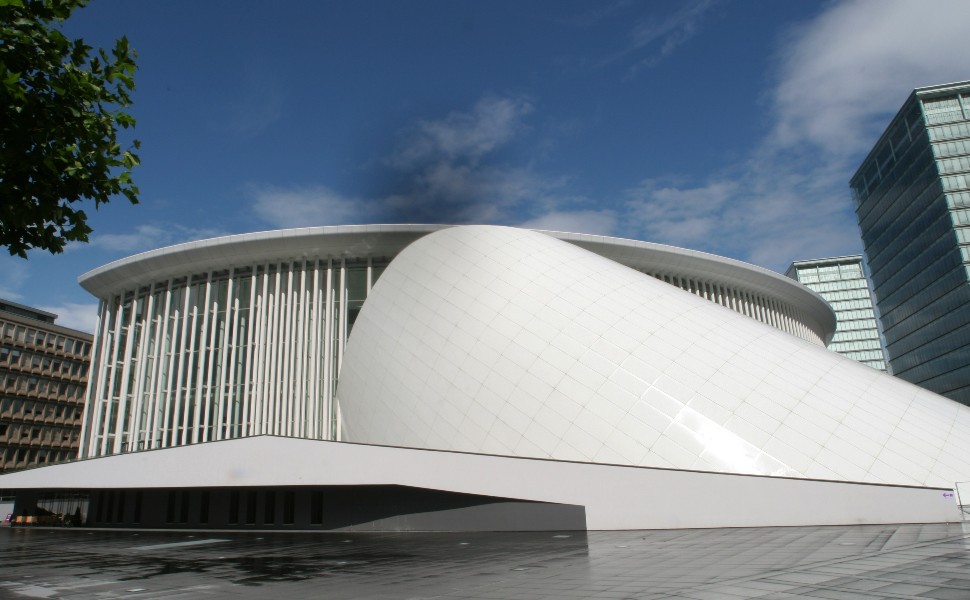
A masterpiece by French architect Christian de Portzamparc (Pritzker Prize winner 1994), the majestic home of Luxembourg’s Philharmonic Orchestra stands on the Place de l’Europe, designed by Catalan architect-urbanist Ricardo Bofill (1939-2022). Its façade comprised of 823 columns of white steel is instantly recognizable! The Grand Auditorium seats 1,500 spectators.
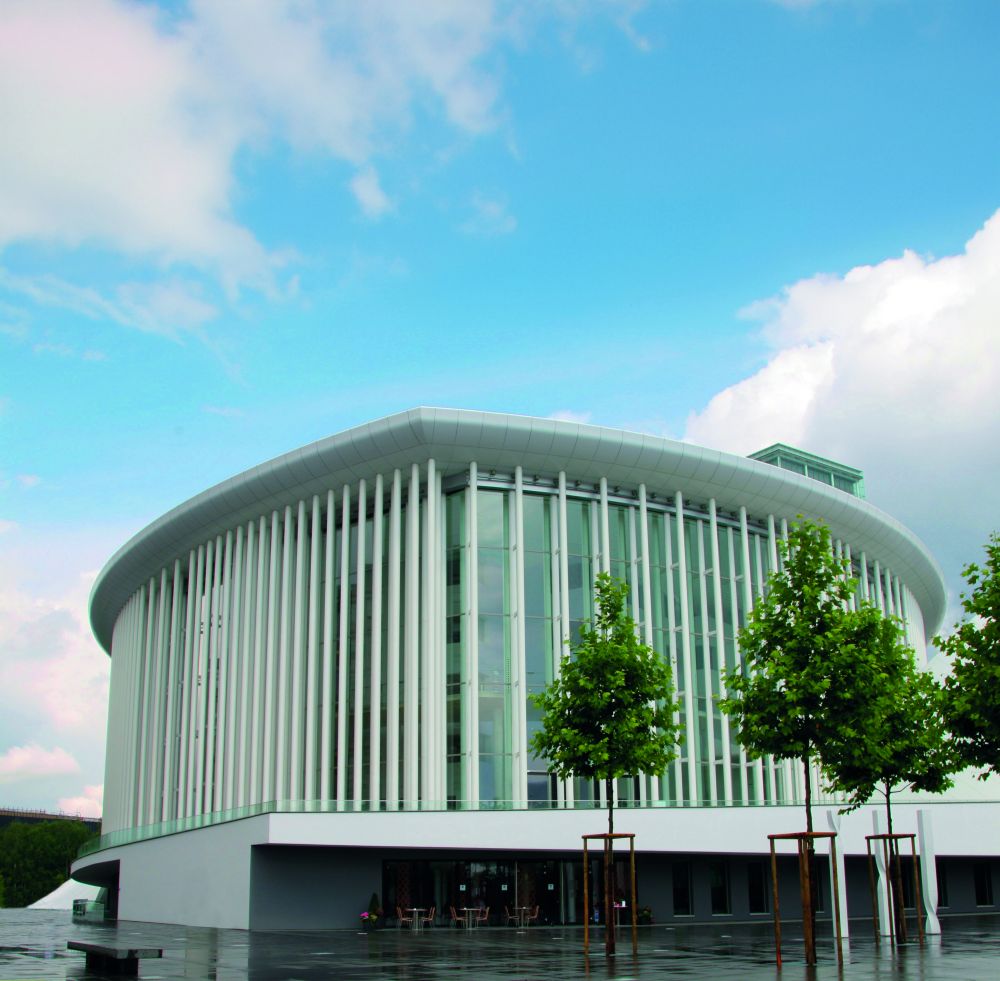
The so-called ‘‘Red Bridge’’ by German architect Egon Jux (1927-2008) is the symbol of Luxembourg’s capital. Inaugurated by Grand-Duchess Charlotte in 1966, this delta-leg bridge links the historic centre to the Kirchberg district, overlooking the valley of L’Alzette from a height of 74 metres. A vast renovation project recently restored its carmen red glow.
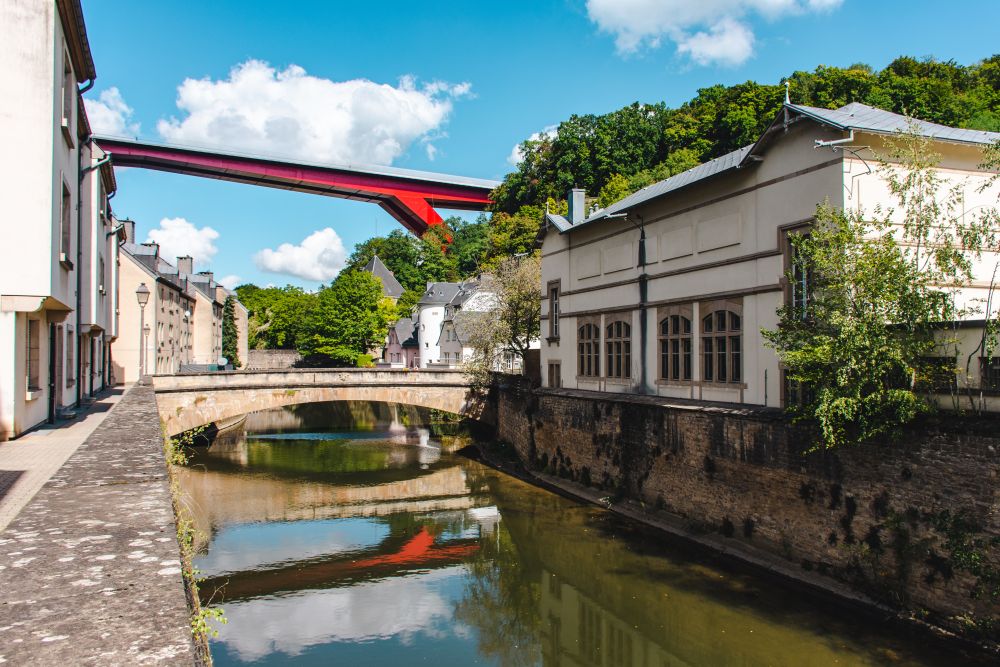
Opened in 2006, the Grand-Duke Jean Museum of Modern Art was designed by architect Ieoh Ming Pei (1917-2019) in association Reuter Architects of Luxembourg. Combining glass, steel, and Burgundy stone, its large central canopy in the shape of a bell turret recalls the pyramid of the Louvre, also signed by this famous Chinese-American architect. Don’t miss the panoramic view from the roof-terrace.
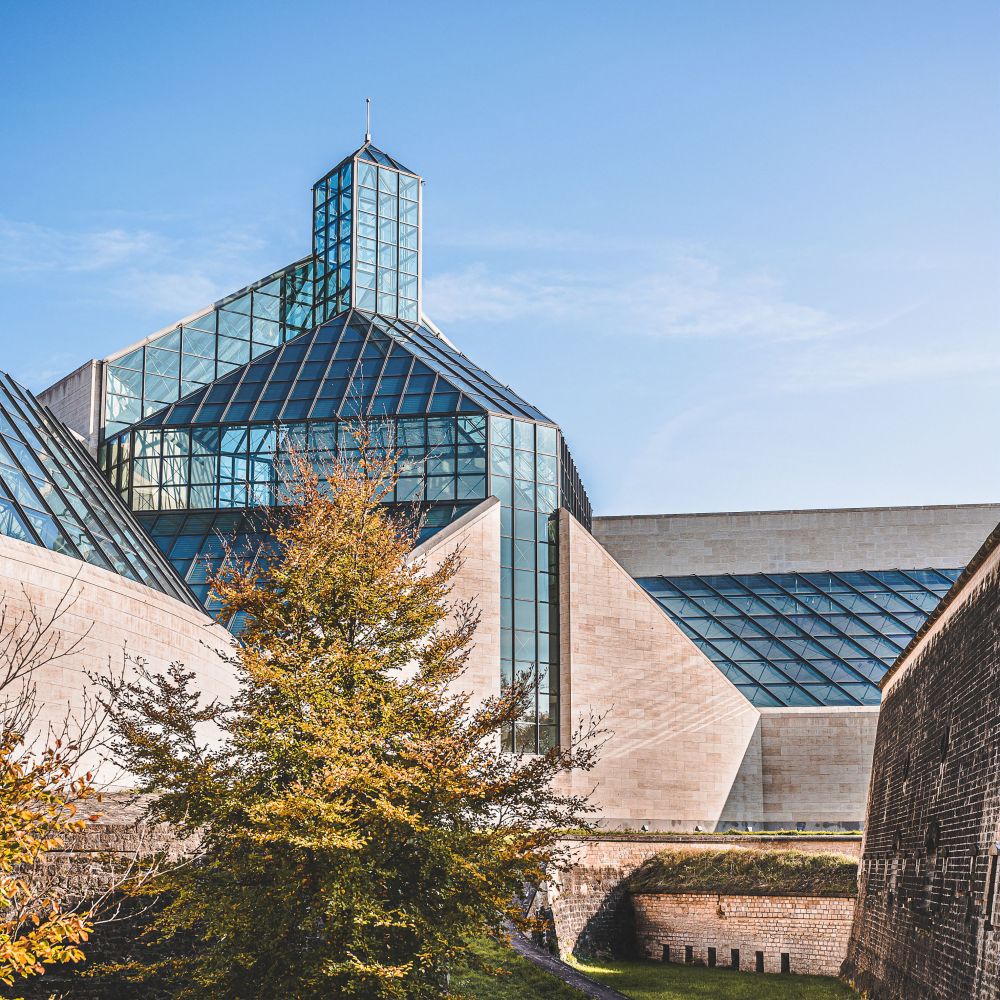
Built in 2019, Luxembourg's new National Library offers bright colors and generous volumes. Designed by the German architectural firm Bolles + Wilson and its Luxembourg partner WW+, its sustainable construction is witnessed by gabion walls made of sandstone recovered from the earthwork.
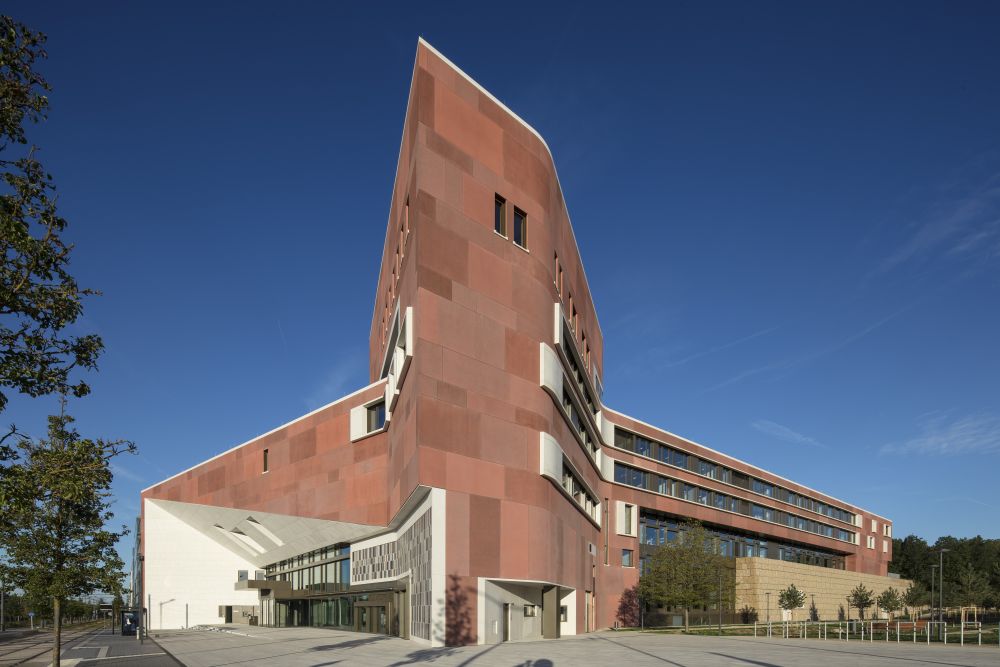
Designed by French architect Roger Taillibert, the Centre National Sportif et Culturel (successor in 2002 to the Olympic pool inaugurated in 1982) proposes round forms, elegant and futuristic. Shaped like a shell, its impressive roof explains its nickname ‘‘Coque’’. This building of 60,000 sq.m hosts aquatic and relaxation centers, numerous business & event areas.
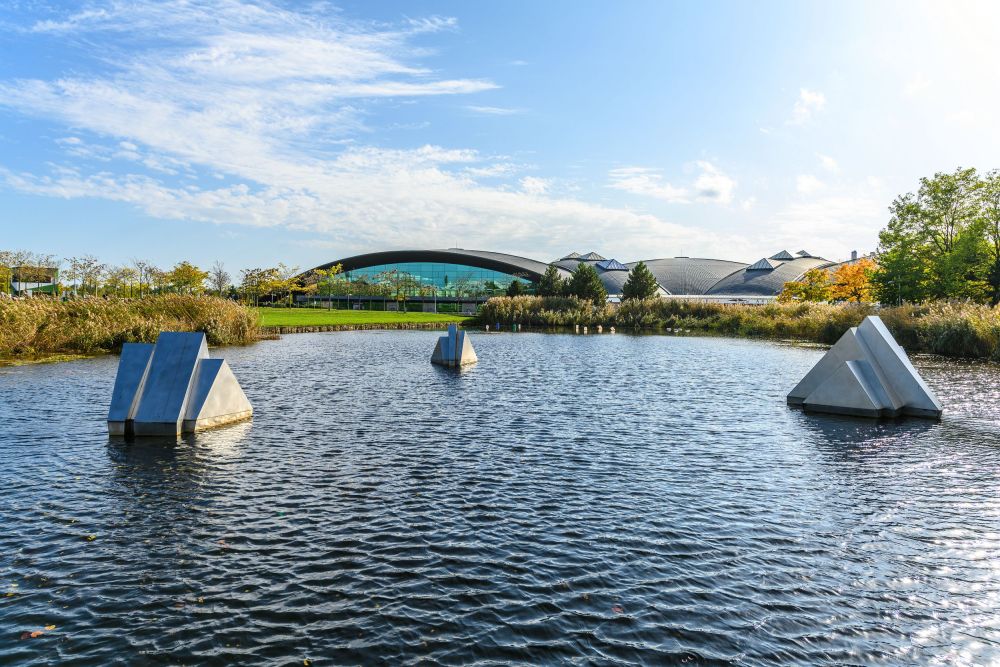
To call Reception, ask for the Concierge or make a booking, please click on the button.



